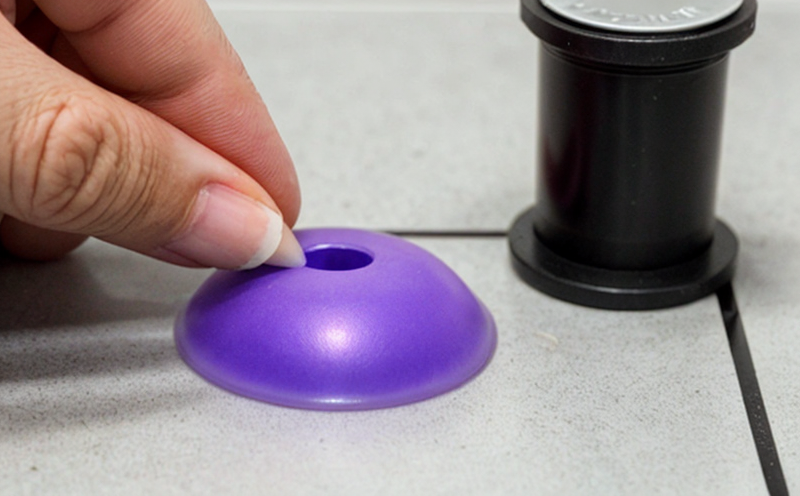EN 725 5 Surface Measurement of Alumina Powders
The European Standard EN ISO 14876-5:2009 provides a method for determining the specific surface area and total pore volume of alumina powders using gas adsorption. This test is particularly important in industries where nanomaterials play a crucial role, such as electronics, aerospace, and pharmaceuticals.
This service involves measuring the surface area of alumina powders to ensure consistency with specified standards and performance requirements. Alumina powders are widely used in various applications due to their high thermal conductivity, mechanical strength, and chemical stability. The accuracy of these measurements is critical for quality assurance and compliance purposes.
Our lab uses advanced instruments such as the Micromeritics TriStar 3000 or Autosorb-1 to conduct this test. These instruments employ multi-point BET (Brunauer–Emmett–Teller) methods, which are widely recognized for their precision in measuring surface area. The process involves introducing nitrogen gas into a sample at various pressures and recording the amount of gas adsorbed onto the surface.
The results provide detailed information about the particle size distribution, porosity, and specific surface area of the alumina powders. This data is essential for R&D teams to optimize their formulations and ensure that products meet regulatory requirements.
Our team has extensive experience in this field and understands the importance of accurate measurements. We can provide a comprehensive report tailored to your needs, including raw data, calculated values, and visual representations such as pore size distribution curves.
Why It Matters
The measurement of specific surface area plays a vital role in ensuring the quality and performance of alumina powders. Surface area affects various properties like reactivity, dispersibility, and stability, which are crucial for product quality.
- Quality Control: Ensures that all batches meet the required standards, enhancing consistency across production lines.
- Innovation: Helps in developing new formulations by optimizing particle size distribution and surface area.
- Compliance: Ensures adherence to international standards such as EN ISO 14876-5:2009, which is mandatory for many industries.
Understanding the specific surface area also aids in predicting how a material will behave under different conditions. This information can be used to improve process efficiency and reduce waste during manufacturing.
Benefits
- Enhanced Product Quality: Ensures that all batches of alumina powders meet the required standards, leading to consistent product quality.
- Optimized Formulations: Helps in developing new formulations by optimizing particle size distribution and surface area.
- Maintains Compliance: Ensures adherence to international standards such as EN ISO 14876-5:2009, which is mandatory for many industries.
- Predictive Performance: Understanding the specific surface area aids in predicting how a material will behave under different conditions, improving process efficiency and reducing waste.
The accurate measurement of surface area provides valuable insights that can lead to product improvements and cost savings. It also ensures that products meet stringent regulatory requirements, thereby enhancing customer satisfaction and trust.
Customer Impact and Satisfaction
- Informed Decision-Making: Customers receive detailed reports with raw data, calculated values, and visual representations like pore size distribution curves.
- Cost Efficiency: By ensuring that all batches meet the required standards, there is a reduction in rework and waste, leading to cost savings for customers.
- Regulatory Compliance: Ensures that products comply with international standards such as EN ISO 14876-5:2009, thereby reducing the risk of legal issues and improving customer trust.
We are committed to providing high-quality service and ensuring that our customers receive accurate and reliable data. Our team has extensive experience in this field and is dedicated to meeting your specific needs. We work closely with you to understand your requirements and provide tailored solutions.





